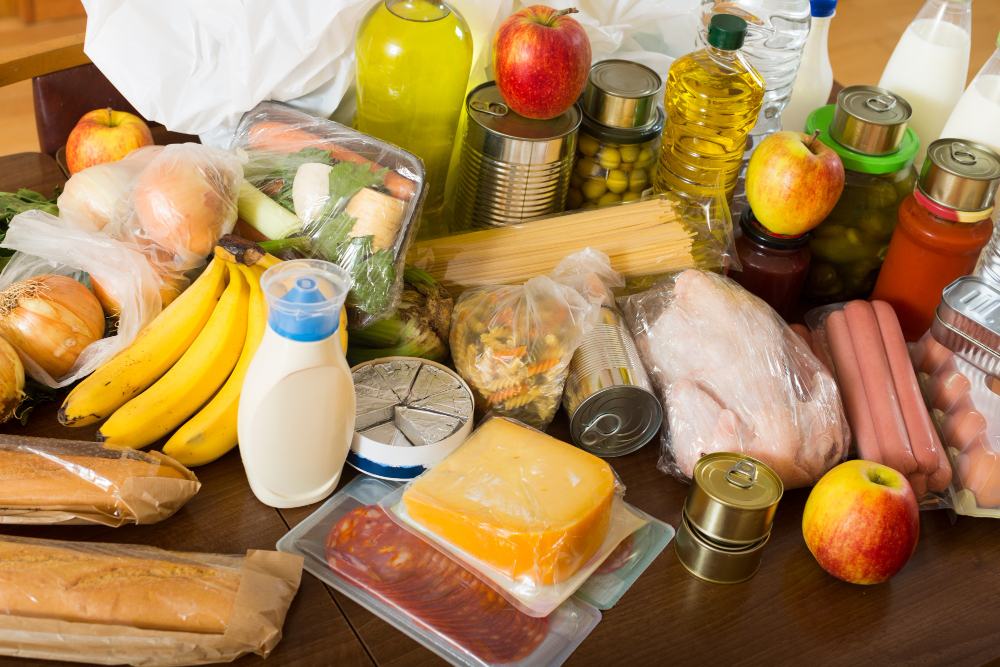January 11, 2023
The index of world food prices dipped for the ninth consecutive month in December 2022, declining by 1.9 percent from the previous month, the Food and Agriculture Organization of the United Nations (FAO) reported.
The FAO Food Price Index averaged 132.4 points in December, 1.0 percent below its value a year earlier. However, for 2022 as a whole, the index, which tracks monthly changes in the international prices of commonly-traded food commodities, averaged 143.7 points, 14.3 percent higher than the average value over 2021.
“Calmer food commodity prices are welcome after two very volatile years,” said FAO Chief Economist Maximo Torero. “It is important to remain vigilant and keep a strong focus on mitigating global food insecurity given that world food prices remain at elevated levels, with many staples near record highs, and with prices of rice increasing, and still many risks associated with future supplies”
Vegetable oil world quotations led the decrease, with the FAO Vegetable Oil Price Index down 6.7 percent from November to reach its lowest level since February 2021. International quotations for palm, soy, rapeseed and sunflowerseed oils all declined in December, driven by subdued global import demand and prospects of seasonally rising soy oil production in South America as well as declining crude oil prices.
The FAO Cereal Price Index decreased 1.9 percent from November. Ongoing harvests in the southern hemisphere boosted wheat exportable supplies, while strong competition from Brazil drove down world maize prices. Conversely, international rice prices rose, buoyed by Asian buying and currency appreciation against the United States dollar for exporting countries.
The FAO Meat Price Index in December dropped by 1.2 percent from November, with lower world prices of bovine and poultry meats outweighing higher pig and ovine meat prices. International bovine meat prices were impacted by lacklustre global demand for medium-term supplies, while more-than-adequate export supplies pushed down poultry meat prices. Pig meat prices rose on the back of strong internal holiday demand, especially in Europe,
The FAO Dairy Price Index increased by 1.2 percent in December, following five months of consecutive declines. Higher international cheese prices, reflecting tightening market conditions, drove the monthly increase in the index, while international quotations for butter and milk powder declined.
The FAO Sugar Price Index also rose, increasing by 2.4 percent from November, mostly due to concerns over the impact of adverse weather conditions on crop yields in India and sugarcane crushing delays in Thailand and Australia.
Source: Food and Agriculture Organization (FAO)
Legal Notice: The information in this article is intended for information purposes only. It is not intended for professional information purposes specific to a person or an institution. Every institution has different requirements because of its own circumstances even though they bear a resemblance to each other. Consequently, it is your interest to consult on an expert before taking a decision based on information stated in this article and putting into practice. Neither Karen Audit nor related person or institutions are not responsible for any damages or losses that might occur in consequence of the use of the information in this article by private or formal, real or legal person and institutions.






